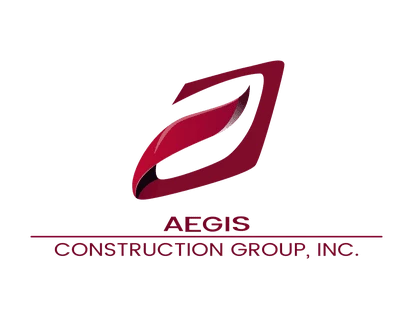A drip edge plays such an important role in protecting your fascia, soffit, and roofing components from rain, that it is now a building code requirement for most new homes. Assuming you already know this, you’ll probably want to get right into how to go about installing a drip edge on your existing shingles roof.

The most important thing to remember is that the drip edge needs to be underneath the overpayment along the eaves, and over the underlayment along the rakes. This means you need to install the drip edge along the eaves first, and the one along the rake second. Aluminum is a good choice for drip edges, as it comes in various colors, is rust resistant, and importantly, is easy to cut and bend to shape. But there’s a little more to it than that.
Material Required For Installation Of A Drip Edge
- Type C, D, or F drip edges are made from aluminum, galvanized steel, or chrome.
- Hand ply bar (for the existing roof)
- Cement (optional)
- Nails
- Metal snips
- Hammer
- Helper (optional for the existing roof)
- Safety helmet
- Sturdy ladder
Steps Required For Installing A Drip Edge
Step 1: If your roof already has a drip edge, but it needs to be replaced, start by using a hand
ply bar to remove the nails and take it out.
Step 2: Cut your new drip edge to the exact measurements of the eaves.
Step 3: Slide it in under the underlayment and cement or nail it down.
Step 4: The rake drip edge should be cut a little longer and extend slightly over the eaves.
Using your metal snips, make an incision and fold it over the newly installed eaves drip edge (like covering a book), creating a water seal. Nail it down on the corner.
Step 4: Now nail the length of the rake drip edge onto the overlay.
Step 5: Any joins should be overlaid by an inch and nailed down.
Step 6: Tidy up the ridge, making sure you join the two rake drip edges as close as possible on the corner to avoid water penetration.
Tips For Installing Drip Edge On An Existing Roof
If you are installing your drip edge on an existing roof, it is a good idea to use a Type F or Gutter Apron drip edge, as it has a longer leading edge, easing installation after shingles have been laid down. You can install the new drip edge on the roof without removing the gutter by ensuring that it extends a fair amount over the actual gutter, leading water into it and away from your fascia.
The biggest challenge when installing a drip edge on an existing roof is getting beneath the shingles. You may need to remove the nails from the last row of shingles if you can’t lift them high enough. Here’s where a helper comes in handy to hold them up while you work on installing the drip edge under the shingles.
How Many Nails Do You Use For Drip Edge?
How many nails you will need to install your drip edge will of course depend on the length of drip edge you are installing. A good rule of thumb is to hammer a nail in at every 12 to 16 inches, never more. Thus, take the total length of your eaves and rakes in inches and divide it by 12, adding one for each join and corner and an extra few. This should give you an estimate of the number of nails you will use.
Useful Resource
Conclusion
Some homeowners are naturally handy people, but for some the task may seem daunting, even after familiarizing themselves with the steps above. Or you may have started and run into trouble, now finding yourself with an exposed facia and vulnerable roof.
Bearing in mind that improper installation of drip shields places your roof at an increased risk of rot and leaks, you can contact us at Aegis Construction Group for more information or assistance on how to install drip shields on (773) 812-3447.
You can also schedule a free inspection if you’re not sure whether your drip shields do in fact need replacement as yet.
Related Articles
Ice Dam Prevention
Gutter Repair and Replacement Tips
Ice And Water Shield Installation

